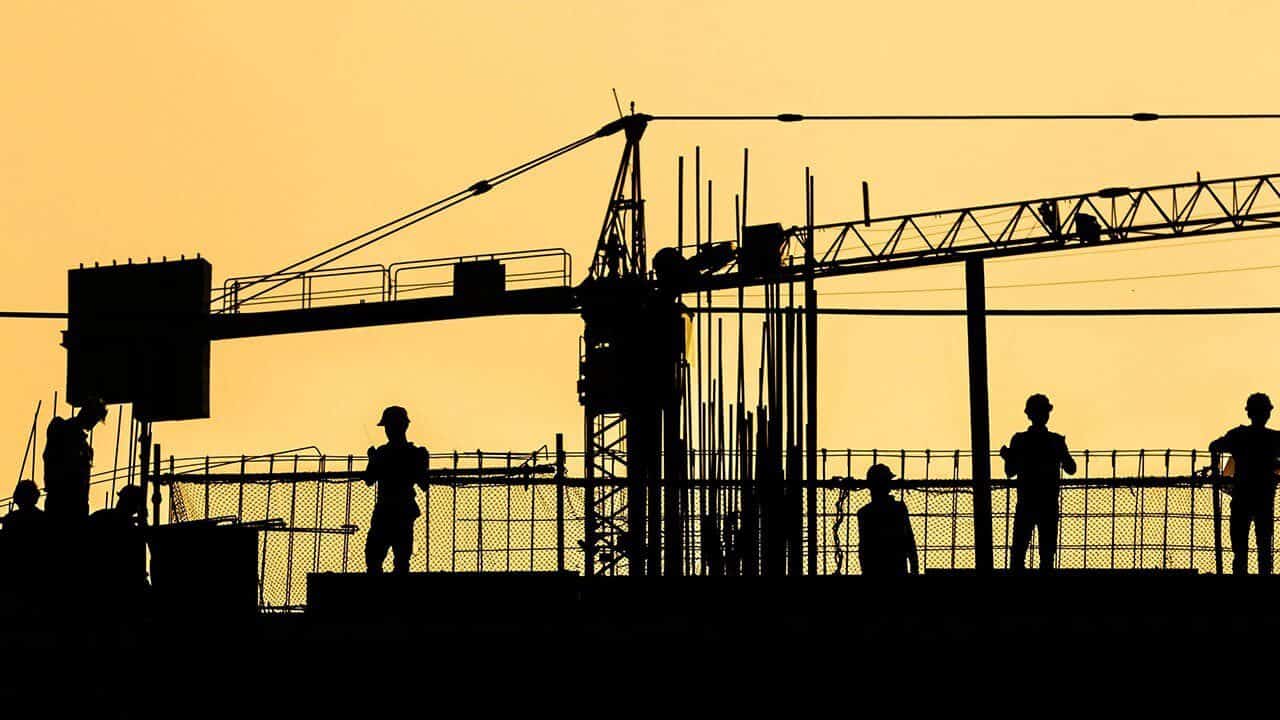The construction industry just like every other industry has its problems which parties resolve to iron out in a court. Gebken and Gibson (2006) in their publication “Quantification of Costs for Dispute Resolution Procedures in the Construction Industry” explained that disputes and lawsuits in the construction industry have long been viewed as a concern; they harm relationships, cause setbacks in projects, and cost money. This has been largely due to the fact that construction contracts can be complicated, technical and broad, and the many contracting parties may interpret the terms of the contract differently in many scenarios.
Goetz II and Gibson Jr(2008) in their publication in the Journal of Legal Affairs and Dispute Resolution in Engineering and Construction explained that “it is not uncommon for disputes between the owner, designer, and the contractor to arise as the project progresses.” They further explained that “many times these disputes are settled through negotiation at the project level. If a dispute cannot be settled at this level, it can become a claim that is either settled by a level of management higher than the project, or by an administrative panel or court.”
Dispute Categories
Cakmak and Cakmak (2014) in their study on “Causes Of Disputes In The Construction Industry Using Analytical Network Process” discovered that “main disputes categories were; owner related disputes, contractor related disputes, design related disputes, contract related disputes, human behavior related disputes, project related disputes and external factors. All these dispute categories have their own sub-dispute causes.”
Examining and presenting extensive, comprehensive, and technically complicated facts is an unavoidable part of advancing these construction claims. In fact this cannot just be done by any professional, there are specialists called construction claim consultants who carry out this task.
The use of animation
Text, graphs, diagrams, tables, and charts have all been used to various degrees of success in explaining these claims. However, Otto(n.d.) in his publication “The Use of Animation in the Resolution of Construction Disputes” explained that computer-generated animation has the capacity to take this complex information and transform them into something more comprehensible. He further explained that “animation can be used to visually represent the complexities of a construction process, illustrate important points, aid understanding and persuade in order to resolve construction disputes.”
To summarize, here is a construction case animation done by Fox Animated Engineering.






